You’ve just woken up and are on a mission to make morning coffee for your family. But a question nags at you like a caffeine craving: how many scoops do you need to make 12 cups of coffee? Well, fear not; we’ll demystify the secrets of the coffee-to-water ratio. We’ll also decode the mathematics behind brewing a dozen cups with us and explore the essential role of those trusty coffee scoops!
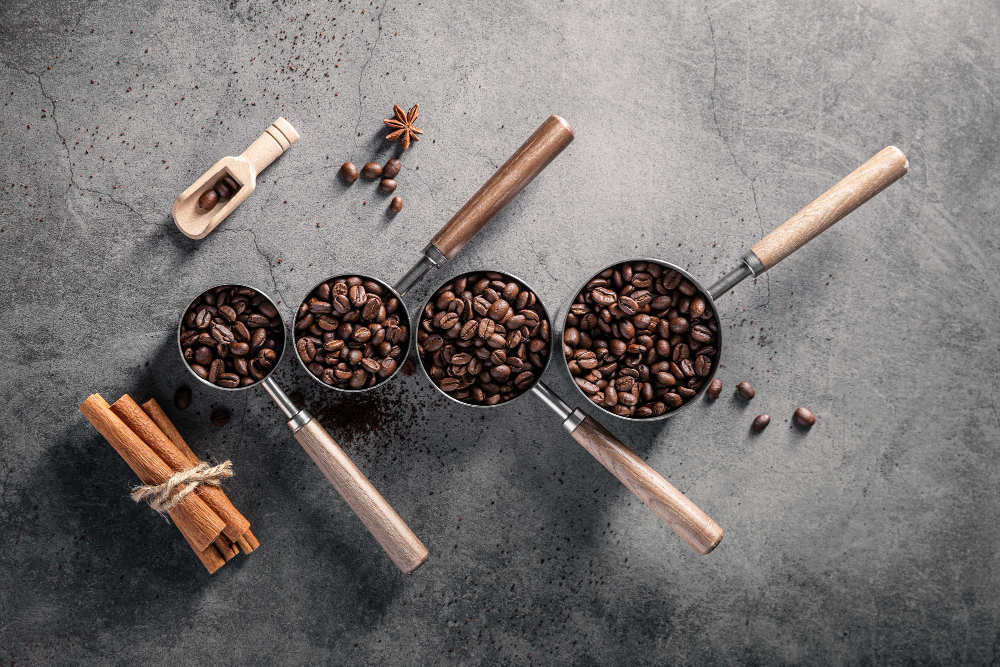
Understanding the Coffee-to-Water Ratio
Now, before we dive into the nitty-gritty of brewing a dozen cups, let’s talk about the coffee-to-water ratio:
The Importance of the Coffee-to-Water Ratio
So, why is the coffee-to-water ratio such a big deal? The coffee-to-water ratio determines your brew’s strength, flavor, and overall quality. Coffee is a delicate balance between extracting the flavorful compounds from the beans and not overdoing it to avoid bitterness. The right ratio ensures you hit that sweet spot, giving you a cup of joe that’s a symphony of flavors rather than a cacophony of chaos.
If there’s one magic number you must remember when brewing the perfect cup of coffee, it’s 1:15. That’s right, a coffee-to-water ratio of 1:15 is the golden standard. But what does that even mean? Well, it’s simple. For every gram of coffee, you’ll want to use 15 grams of water. This ratio strikes a harmonious balance between strength and flavor.
Factors Affecting the Ratio
Now, let’s discuss the factors that can throw off your coffee-to-water ratio game. After all, life is rarely as simple as a 1:15 ratio, right?
- Coffee Grind Size: The grind size of your coffee beans plays a crucial role. Think of it like this: if you use a coarse grind, it’s like trying to make a snowball with sand – not going to work, right? Different brewing methods require different grind sizes, so pay attention to your equipment.
- Brewing Method: Do you like pour-over, French press, or espresso? Each brewing method has its unique requirements. For example, the French press loves a coarser grind, while espresso is about a fine grind. It’s like dressing for the occasion – you wouldn’t wear a tuxedo to a beach party, would you?
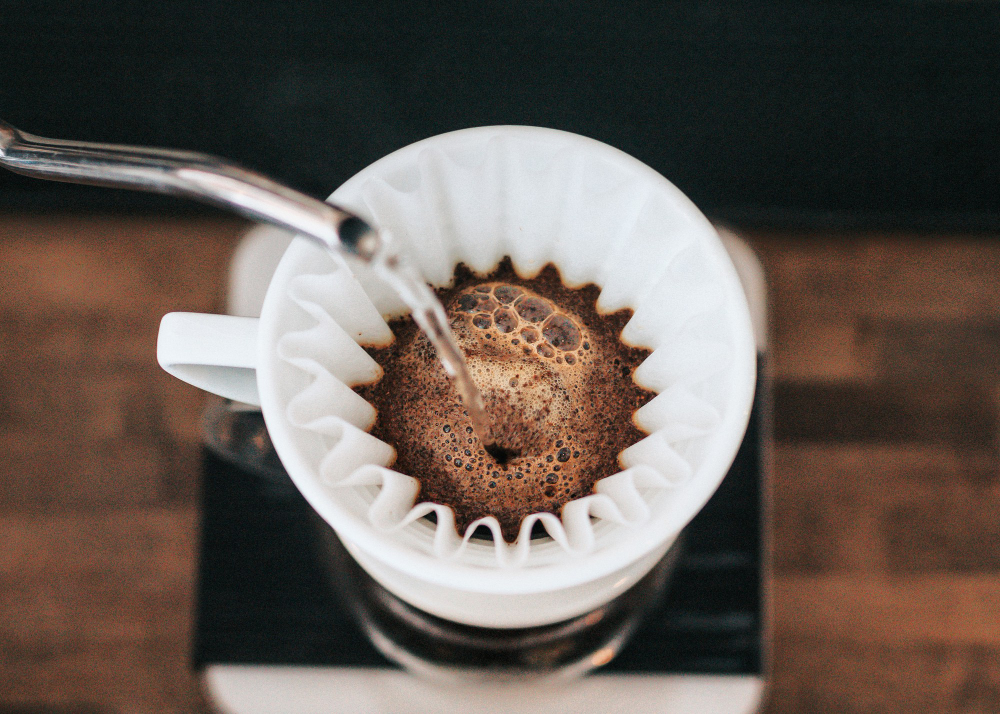
- Water Temperature: Coffee is a sensitive soul. Too hot, and it gets grumpy; too cold, and it sulks. The ideal water temperature is around 195-205°F (90-96°C). That’s the sweet spot where coffee extracts its magic.
- Brewing Time: The time you let your coffee steep or percolate matters. For example, a shorter brewing time for espresso means you need a finer grind, while a longer brew for a French press means coarser grounds. It’s like letting tea steep – you don’t want it too weak or too strong.
- Coffee Freshness: Freshness matters! Coffee beans have a shelf life. The older they get, the duller their flavor becomes. Make sure your beans are as perky as a squirrel on a caffeine buzz.
The Science Behind Extraction and Strength
Now, let’s dive into the science behind why the coffee-to-water ratio is your coffee’s BFF. When you brew coffee, you’re engaging in an extraction process. Extraction is all about pulling the good stuff (flavor compounds) out of coffee grounds and into the water. Too little extraction and your coffee will taste weak, like a limp handshake. Too much extraction, and you’ll end up with a bitter brew, like chewing on a burnt piece of toast.
The strength of your coffee is directly linked to extraction. You’ll get a stronger brew if you have a high coffee-to-water ratio. But remember, strong doesn’t always mean better – it’s a matter of personal preference. You might like your coffee bold and robust, while your friend prefers it milder and smoother.
The key here is balance. With the 1:15 ratio, you’re aiming for a just right brew – not too weak or strong. It’s like Goldilocks finding the perfect bowl of porridge.
How Many Scoops for Brewing 12 Coffee Cups?
Alright, we’re about to get a bit mathematical, but don’t worry, it’s easier. First, we must define a standard cup of coffee, typically 6 ounces. Now, let’s calculate the water needed for 12 cups.

Now, let’s apply that 1:15 ratio we mentioned earlier. So, if we want to use the 1:15 ratio for 12 cups of coffee, we’ll need to do a little more math. First, convert those 72 ounces of water to grams (because, you know, science). There are approximately 28.35 grams in an ounce, so:

Now, divide that by 15 (the water-to-coffee ratio):

So, here’s where the rubber meets the road. We know we need approximately 136 grams of coffee. But let’s keep things practical. Your coffee scooper might not measure in grams, so convert it to scoops.
Now, the weight of a coffee scoop can vary, but a standard coffee scoop is usually around 10-12 grams of coffee. You can weigh your scoop if you’re not sure. So, for 136 grams of coffee:

Rounding up to the nearest whole number, you’ll need approximately 13 scoops of coffee to brew those 12 cups. And there you have it, folks! You’ve just mastered the art of brewing 12 cups of coffee with some nifty math skills.
Measuring Coffee by Weight vs. Volume
Now, let’s tackle an age-old debate in the coffee world: weight vs. volume. When measuring your coffee, should you go by weight or volume? Well, that’s a question that has sparked many a caffeine-fueled argument.
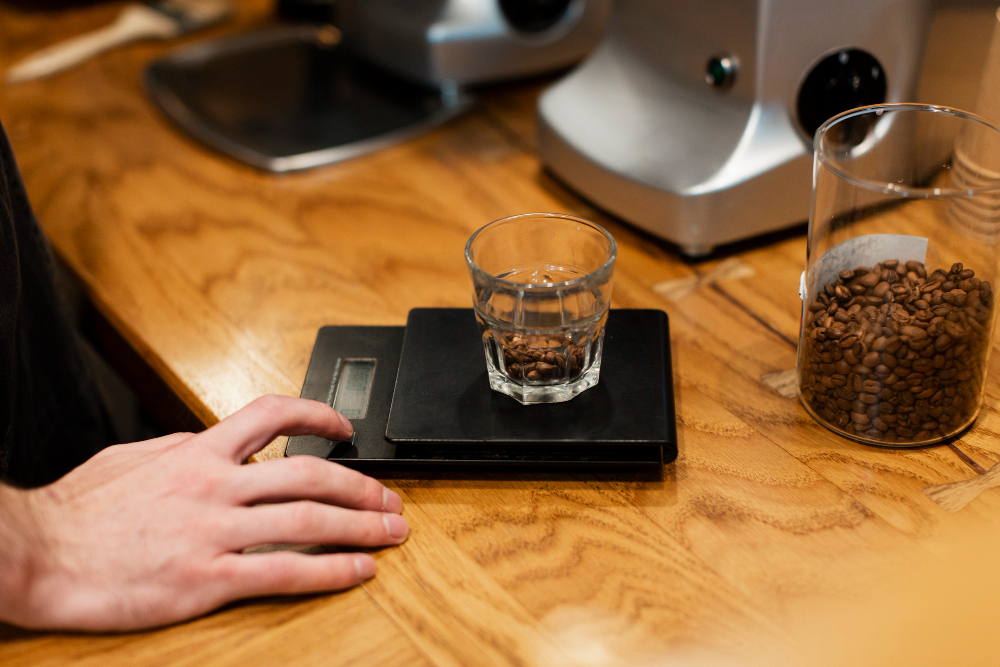
When you weigh your coffee grounds, you ensure consistency with every brew. It’s like having a GPS for your taste buds, guiding you to that perfect cup every time. Plus, you can easily experiment with different coffee-to-water ratios to dial in your preferred flavor profile.
On the other hand, measuring by volume can sometimes feel like a blindfolded game of darts. A scoop here or there, and you might find yourself sipping on something closer to dishwater than the rich coffee you were aiming for. Sure, it can work if you’re in a hurry, but why leave your coffee’s destiny to chance?
Consistency in coffee scooping isn’t just about getting the same amount of coffee every time. It’s about unlocking the true potential of your beans. When you scoop consistently, you ensure that each cup tastes as good as the last. No more morning surprises and no more disappointment.
Coffee Brewing Methods
Now, let’s discuss the various coffee brewing methods. So, grab your favorite mug, and let’s explore the fascinating world of coffee-making together.
Drip Coffee Maker
Let’s kick things off with the trusty old drip coffee maker. It’s like the reliable family sedan of the coffee world – dependable and gets the job done. Drip coffee makers work by dripping hot water over ground coffee beans, letting gravity do its thing.
French Press
Ah, the French press, a coffee-making method with a certain je ne sais quoi. It’s like the manual transmission of coffee brewing – you’ve got to put in some effort, but the results are oh-so-worth-it. With a French press, you’re in control of the brewing time, which means you can experiment until you find your coffee nirvana.
Pour-Over
This method is like the coffee equivalent of an artisanal craft. Picture yourself as a coffee wizard, carefully pouring hot water over coffee grounds in a spiral motion. It’s all about finesse and precision, my friend. The result? A clean, flavorful cup of coffee that’s as unique as you are.
Espresso Machines
Espresso machines – the caffeinated Ferrari of the coffee world. This is your go-to method if you’re after a concentrated shot of pure coffee bliss. Espresso machines force hot water through finely-ground coffee at high pressure, creating that rich, velvety shot of espresso that’s the base for countless coffee concoctions.
Cold Brew
The cool cat of coffee – cold brew. It’s like the mellow, laid-back cousin of hot coffee. Steeping coffee grounds in cold water makes cold brew. You’ll need to do this for an extended period, usually 12 to 18 hours. As a result, get a smooth, less acidic coffee that’s perfect for those scorching summer days.
So, why the fuss about coffee-to-water ratios in different brewing methods? Well, my coffee-loving friend, it’s all about balance. Each brewing method extracts flavors from coffee uniquely, and adjusting the coffee-to-water ratio lets you control the strength and taste of your brew. Ultimately, the perfect coffee-to-water ratio is a matter of personal preference.
Wrapping Up
So there you have it, coffee aficionados – the ultimate guide to brewing 12 cups like a pro. We’ve uncovered the mysteries of the coffee-to-water ratio and even ventured into the brewing methods.
Remember, coffee brewing is an art. Recap the importance of that magical coffee-to-water ratio, but also understand that personal taste preferences play a big role. Experiment, explore, and find your perfect brew.
Now, armed with this knowledge, brew some java that’ll put a smile on your face every morning. After all, life’s too short for bad coffee!
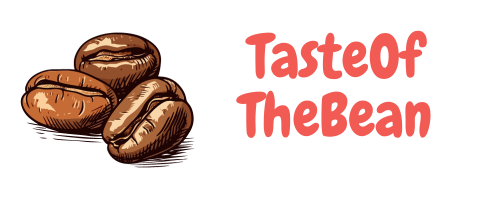
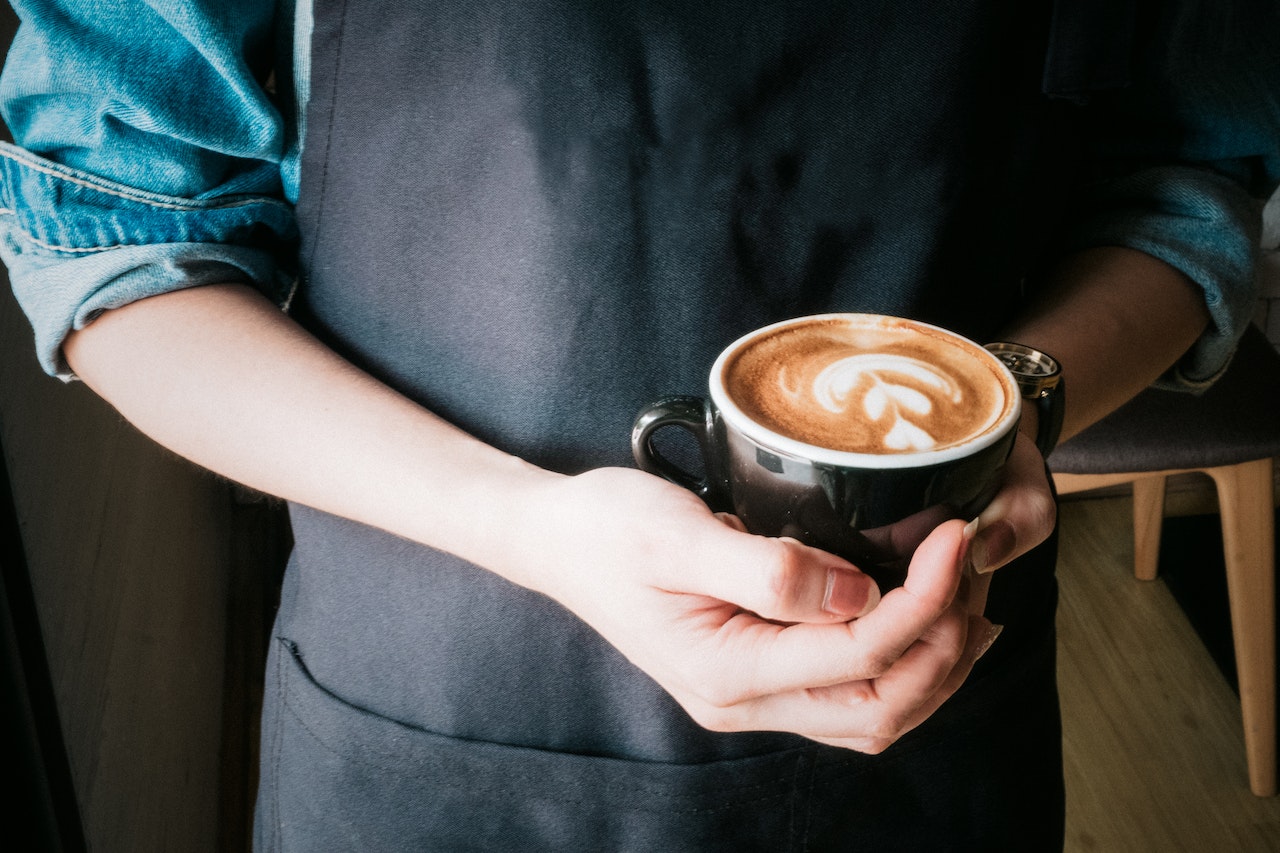
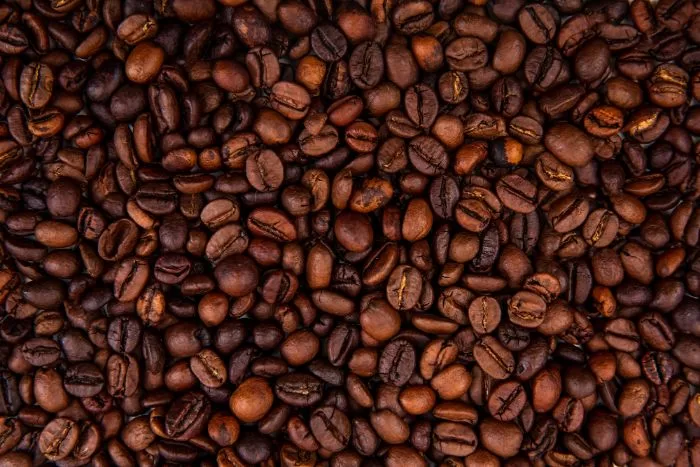
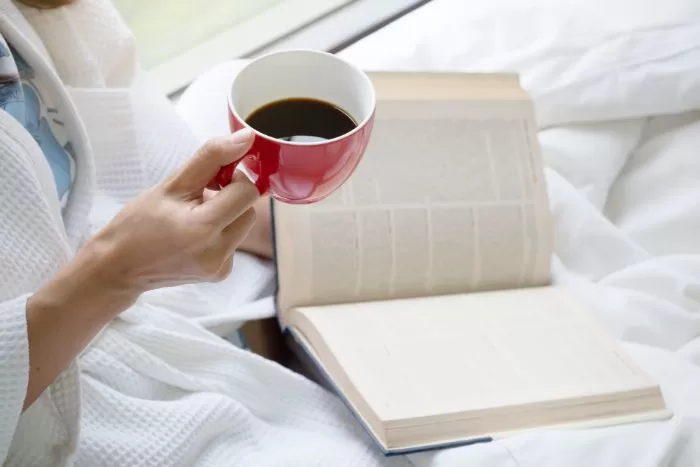
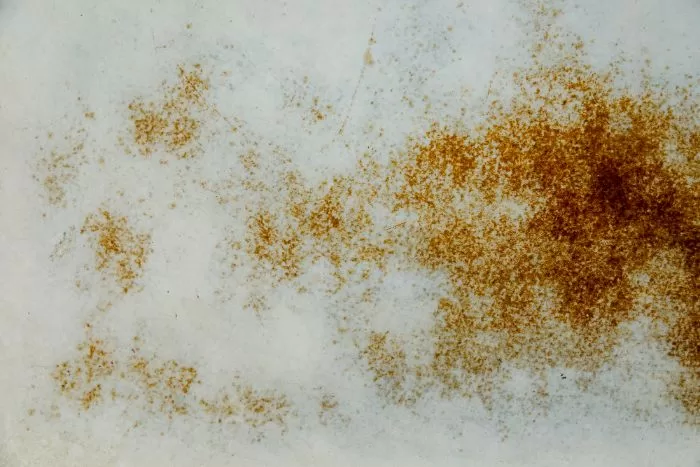
Leave a Reply